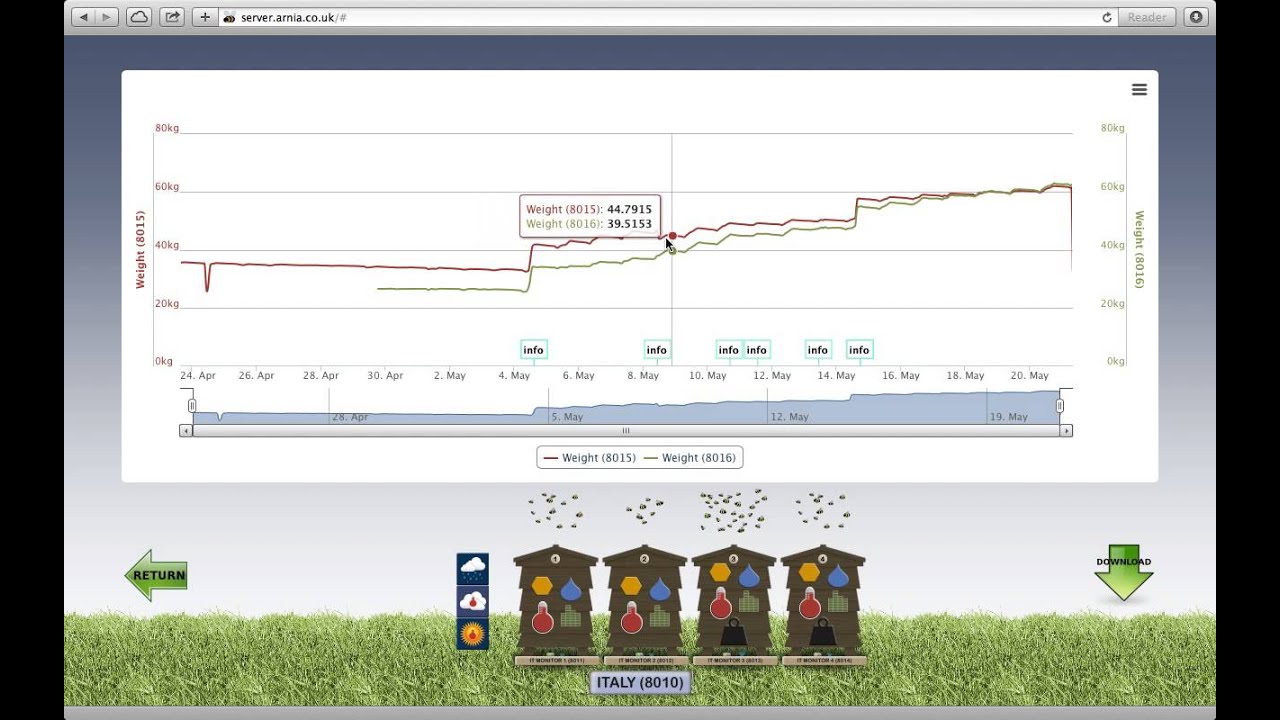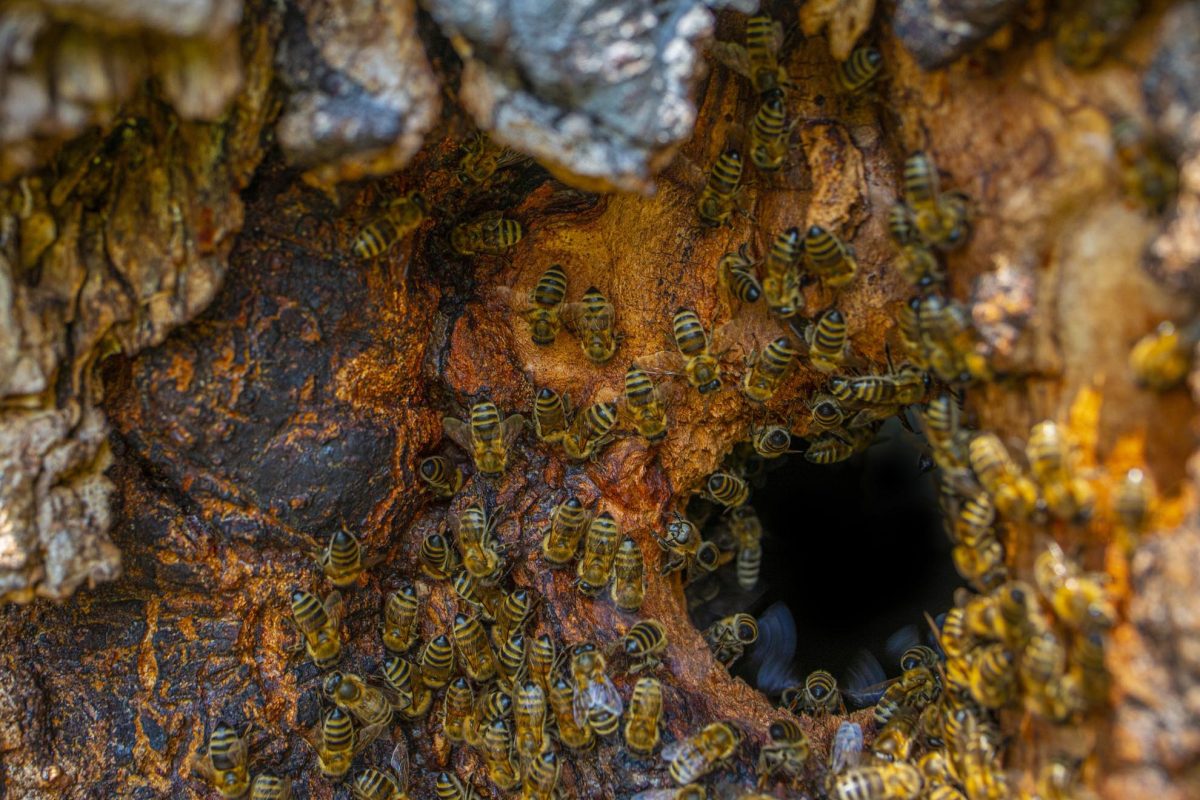We rehome bees into recycled, small hives on donated land. These are designed to make the colonies multiply, and so leave to find new homes.
Small steps towards success
Many people, groups and governing bodies have been working to find ways to help save our honey bees, and BeesMAX is proud to be providing a small step of success towards this goal.
The BeesMAX Project rehomes urban swarms into UK woodlands where they truly belong. Our unique blue honey bee boxes work in the same way as you would install a bird or bat box. They enable bees to be rehomed into the countryside where they can thrive, grow and replenish the existing depleted bee colonies.
BeesMAX are working with members of the Country Land & Business Association to co-locate our blue honey bee boxes in designated areas to act as a ‘local housing scheme’ for wild honey bees.
Our unique community housing schemes for wild honey bees works in the same way as you install a bird box or bat box.
Rehousing scheme for wild honey bees
We install 4 boxes near to each other acting as a local housing scheme for wild honey bees. These are able to rehouse roaming spring swarms and other wild colonies thus resolving the basic needs of an already significantly depleted honey bee population.
Highlighting the huge problems of pesticides, disease and the Varroa mite is only half the story, wild bees also need more homes to go to. Deforestation and the lack of unmanaged very old trees is the root of yet another hidden problem of a very heavily managed rural environment. These local housing schemes for wild honey bees will serve as a place from which swarms will issue and leave to regenerate the populations elsewhere within the UK countryside.
Contact Us GETTING INVOLVEDThe technology behind the solution
We are deploying the Arnia system www.arnia.co.uk within our rehoming communities so that the academic community can use the statistical information produced along with honey sampling to create a UK wide environmental footprint. Opposite are typical graphs the Arnia system provides giving detailed information on bee growth and general health issues.

Long term regular honey testing regime
By using the Arnia system combined with a long term regular honey testing regime, we now have new and exciting information that has not been available before. And as we move forward and continue the work with our academic partners, we are now commissioning new research on:
- The DNA testing of pollens to discover the bee’s local food sources
- Look at the honey and pollen quality, its quantities and local environmental diversity
- The longevity of residual pesticides in the soil
- The environmental impact assessments on quantities of residual pesticides
- Investigate the survivability of bee colonies, their growth and to ascertain whether they are still able to swarm and reproduce as we hope they still can!

